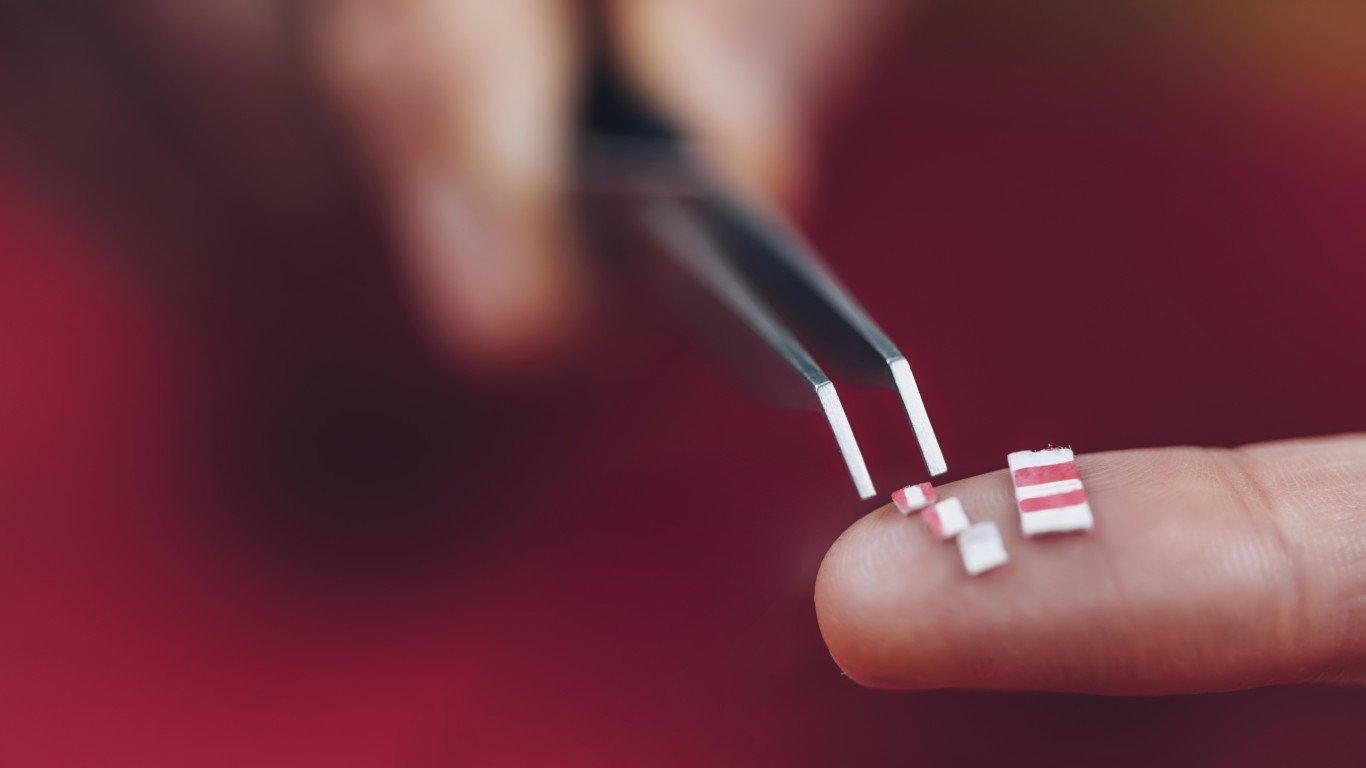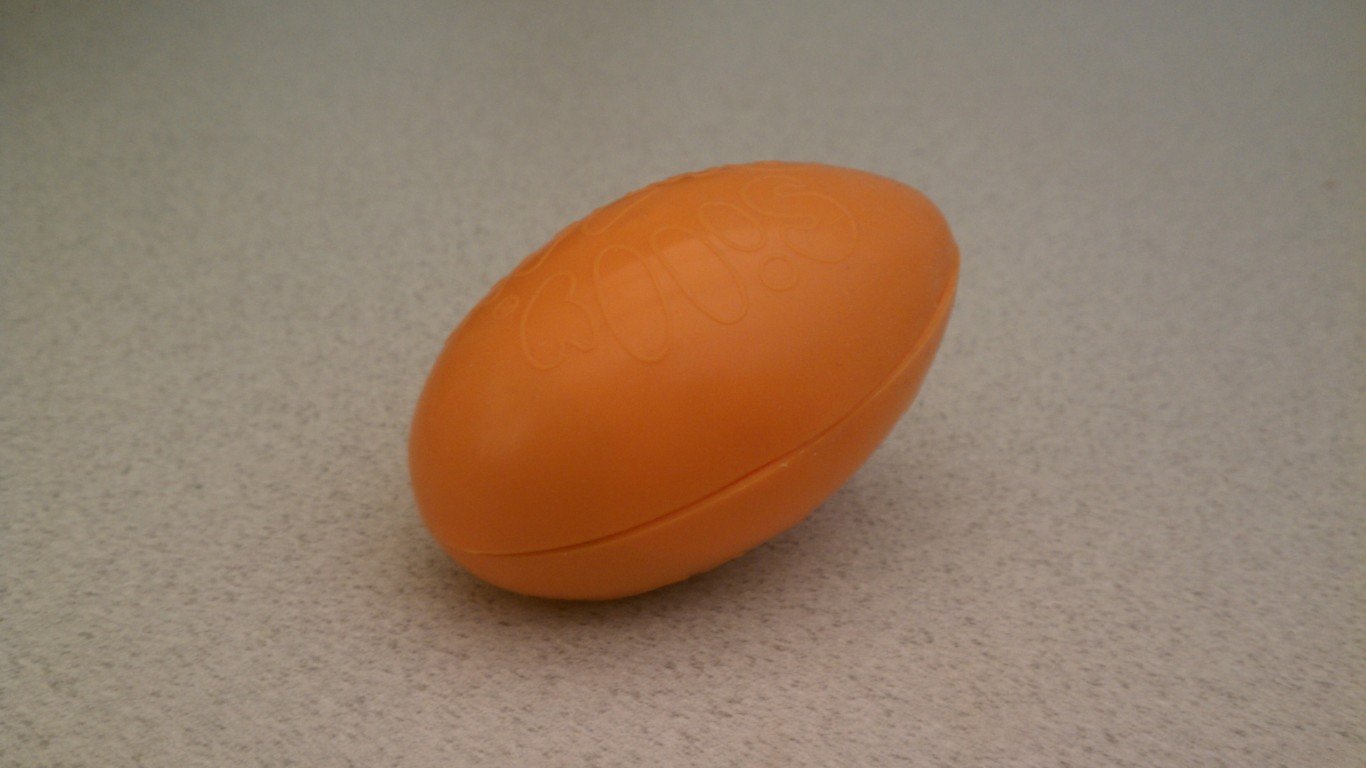
Penicillin
>Year: 1928
In September of 1928, Scottish microbiologist Alexander Fleming returned home from a vacation to find that a petri dish he’d inoculated with Staphylococcus aureus bacteria was contaminated with a fungus. Upon closer inspection, he saw that the bacteria around the fungus were dead. He later identified the fungus as belonging to the Penicillium genus and determined that it emitted an antibacterial substance that could affect the pathogens that cause scarlet fever, diphtheria, meningitis, and gonorrhea.

LSD
>Year: 1938
While working to isolate and synthesize active constituents from plants and fungi for use in pharmaceuticals, Swiss chemist Albert Hoffman synthesized LSD. Although the initial goal of his project was to create a respiratory stimulant, Hoffman accidentally absorbed a small amount of LSD into his fingertip and experienced its powerful effects as a psychedelic drug. The substance was subsequently used to assist psychotherapy patients for a few decades before being made illegal.

Teflon
>Year: 1938
While attempting to create a new refrigerant, DuPont chemist Roy Plunkett noticed that a bottle of experimental gas had gone empty but had something solid inside it. He sawed open the bottle and found a white, waxy substance coating the glass. Plunkett subsequently patented the material, which was resistant to extreme heat and corrosive acids. It was used extensively by the Manhattan Project before being utilized as a non-stick coating for cookware.
Silly Putty
>Year: 1943
During World War II, the U.S. military was in dire need of rubber for the production of gas masks, boots, and vehicle components. General Electric engineer James Wright was attempting to create a synthetic rubber compound from silicone but instead created a bouncy, stretchy substance that his colleagues loved to play with. The substance was otherwise useless until a toy store owner named Ruth Fallgatter started selling it. It sold well and eventually her marketing consultant began packaging it in clear plastic eggs and named it Silly Putty.

Slinky
>Year: 1943
While attempting to develop a spring mechanism that could absorb the shock of rough seas and stabilize sensitive instruments aboard ships, naval engineer Richard James accidentally knocked a spring off of a shelf. To his surprise, the spring seemed to walk itself down from a stack of books, to a tabletop, to the floor. Realizing the potential for the spring to interest children, James tweaked the steel composition until he’d developed the Slinky.







